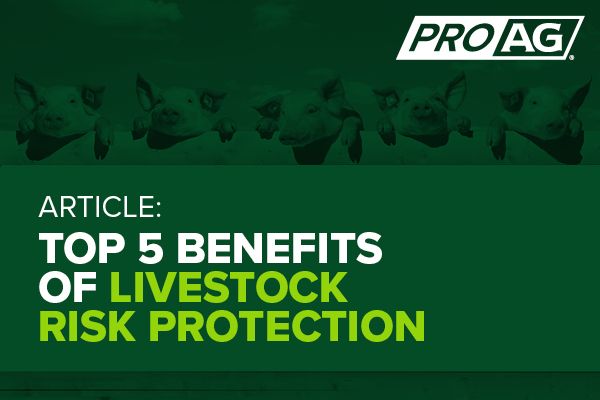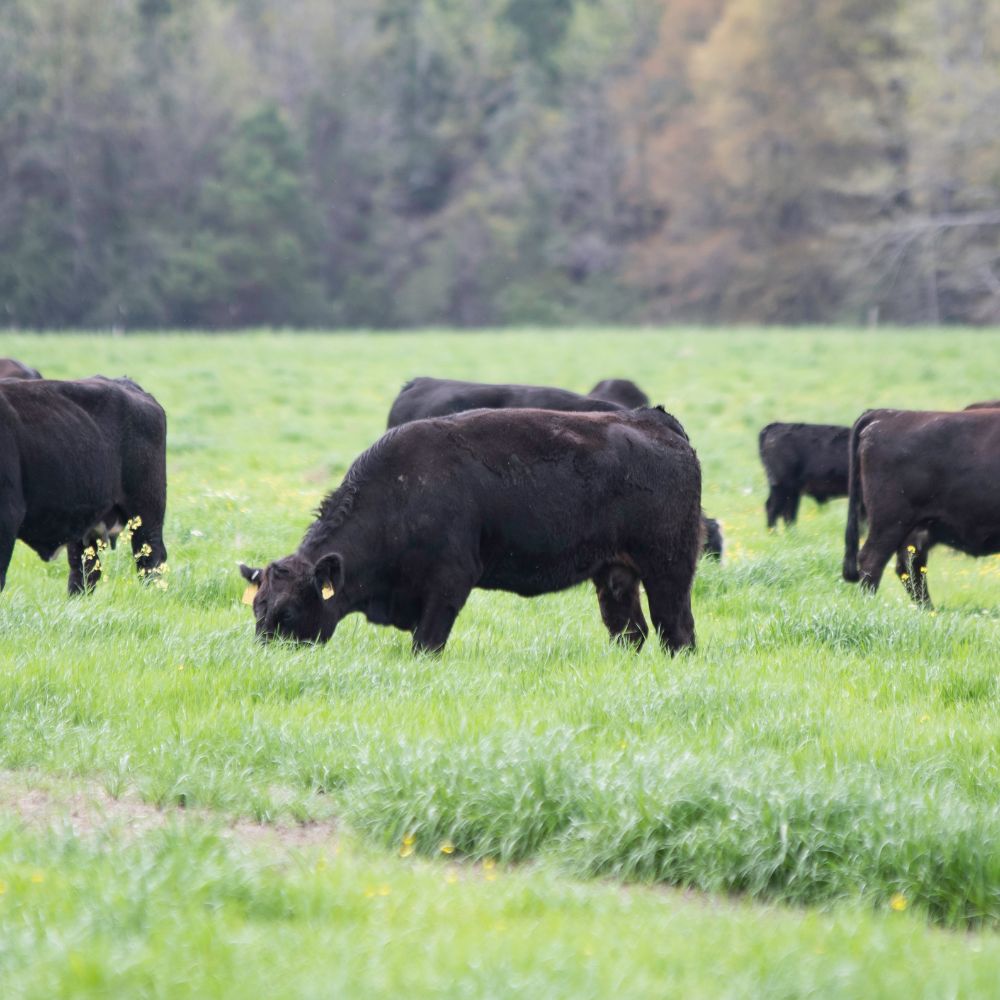Recognizing Livestock Risk Defense (LRP) Insurance Policy: A Comprehensive Overview
Browsing the world of animals risk protection (LRP) insurance coverage can be an intricate undertaking for many in the agricultural industry. From exactly how LRP insurance policy operates to the numerous coverage alternatives available, there is much to uncover in this extensive overview that can possibly form the means animals manufacturers come close to danger administration in their services.

Exactly How LRP Insurance Functions
Periodically, comprehending the mechanics of Animals Danger Protection (LRP) insurance policy can be complicated, but damaging down how it functions can supply clarity for farmers and herdsmans. LRP insurance coverage is a risk monitoring tool created to secure livestock manufacturers against unanticipated cost decreases. The policy permits manufacturers to establish an insurance coverage level based on their particular requirements, choosing the variety of head, weight variety, and protection cost. Once the policy remains in place, if market rates fall listed below the coverage price, manufacturers can file an insurance claim for the distinction. It is necessary to keep in mind that LRP insurance is not a profits guarantee; instead, it focuses only on price danger defense. The coverage period normally ranges from 13 to 52 weeks, offering adaptability for producers to choose a duration that aligns with their manufacturing cycle. By utilizing LRP insurance policy, farmers and herdsmans can reduce the economic threats related to fluctuating market rates, making sure better stability in their operations.
Qualification and Protection Options

When it comes to insurance coverage choices, LRP insurance coverage uses manufacturers the adaptability to choose the coverage level, insurance coverage period, and recommendations that ideal fit their risk monitoring requirements. By understanding the eligibility standards and coverage alternatives offered, animals manufacturers can make enlightened choices to take care of danger successfully.
Advantages And Disadvantages of LRP Insurance
When examining Animals Danger Defense (LRP) insurance policy, it is vital for livestock manufacturers to evaluate the drawbacks and benefits fundamental in this risk management tool.

Among the main advantages of LRP insurance policy is its capacity to provide protection versus a decrease in animals rates. This can help secure manufacturers from monetary losses arising from market variations. In addition, LRP insurance coverage offers a degree of adaptability, allowing producers to tailor protection degrees and policy durations to fit their specific requirements. By securing a guaranteed price for their livestock, producers can much better manage risk and prepare for the future.
One restriction of LRP insurance is that it does not shield versus all types of dangers, such as illness outbreaks or natural catastrophes. It is essential for producers to very carefully evaluate their private danger exposure and monetary circumstance to figure out if LRP insurance policy is the right risk monitoring device for their operation.
Comprehending LRP Insurance Premiums

Tips for Making The Most Of LRP Conveniences
Making best use of the advantages of Animals Danger Defense (LRP) insurance coverage calls for strategic preparation and aggressive risk management - Bagley Risk Management. To take advantage of your LRP coverage, take into consideration the complying with suggestions:
Consistently Examine Market Problems: Remain notified concerning market trends and cost changes in the livestock sector. By keeping an eye on these aspects, you can make enlightened decisions regarding when to acquire LRP insurance coverage to shield versus possible losses.
Establish Realistic Insurance Coverage Degrees: When choosing insurance coverage degrees, consider your production expenses, market price of animals, and potential threats - Bagley Risk Management. Establishing sensible protection degrees makes certain that you are properly safeguarded without paying too much for unneeded insurance policy
Expand Your Insurance Coverage: Rather of relying entirely on LRP insurance coverage, take into consideration expanding your risk monitoring approaches. Combining LRP with various other risk management tools such as futures agreements or alternatives can give comprehensive insurance coverage versus market uncertainties.
Testimonial and Readjust Coverage Consistently: As market problems alter, regularly review your LRP insurance coverage to guarantee it aligns with your present threat exposure. Adjusting protection degrees and timing of purchases can help optimize your risk defense strategy. By adhering to these tips, you can optimize the benefits of LRP insurance and guard your animals procedure versus unpredicted threats.
Final Thought
To conclude, animals threat protection (LRP) insurance coverage is a beneficial tool for farmers to take care of the economic risks connected with their animals procedures. By recognizing exactly how LRP functions, eligibility and protection options, in addition to the benefits and drawbacks of this insurance, farmers can make enlightened decisions to secure their incomes. By carefully considering LRP costs and executing strategies to make the most of advantages, farmers can mitigate possible losses and guarantee the sustainability Learn More Here of their operations.
Animals producers interested in acquiring Animals Threat Protection (LRP) insurance can discover a variety of qualification standards and coverage options customized to their specific animals operations.When it comes to protection options, LRP insurance offers producers the adaptability to pick the protection degree, protection duration, and recommendations that finest suit their risk administration demands.To grasp the complexities of Livestock Danger Security (LRP) insurance policy totally, understanding the aspects affecting LRP insurance coverage premiums is crucial. LRP insurance premiums are identified by numerous elements, including the insurance coverage level selected, the expected rate of animals at the end of the protection period, the type of animals being insured, and the size of the insurance coverage duration.Review and Adjust Insurance Coverage Frequently: As market conditions transform, occasionally review your LRP insurance coverage to Website ensure it aligns with your present risk direct exposure.